Solar flare DANGER! Sunspot explodes hurtling strong M2.5 flares
NASA’s Solar Dynamics Observatory (SDO) has recently revealed that Earth could be in the firing line of a strong M2.5 solar flare due to the explosion of a sunspot.

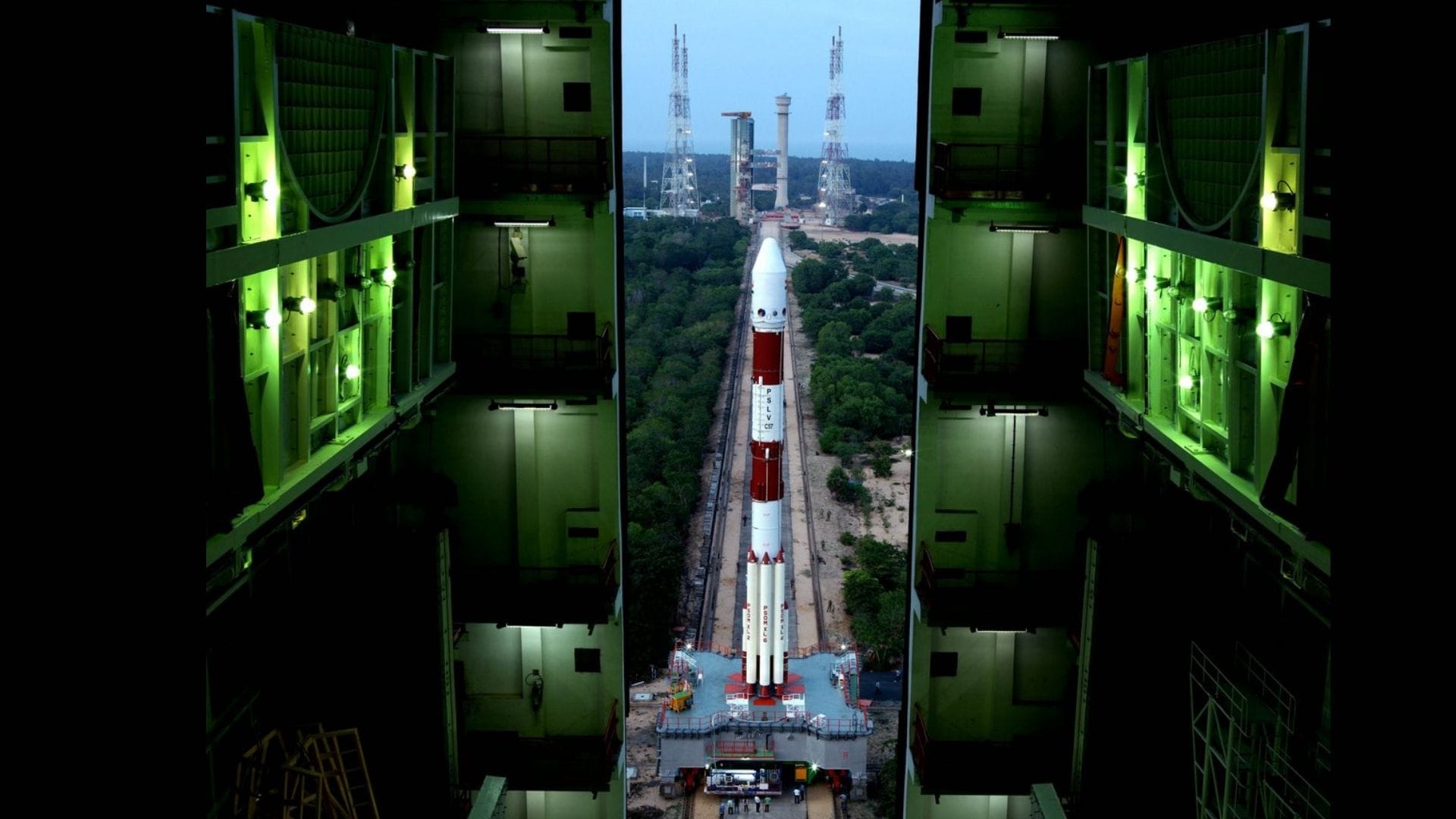
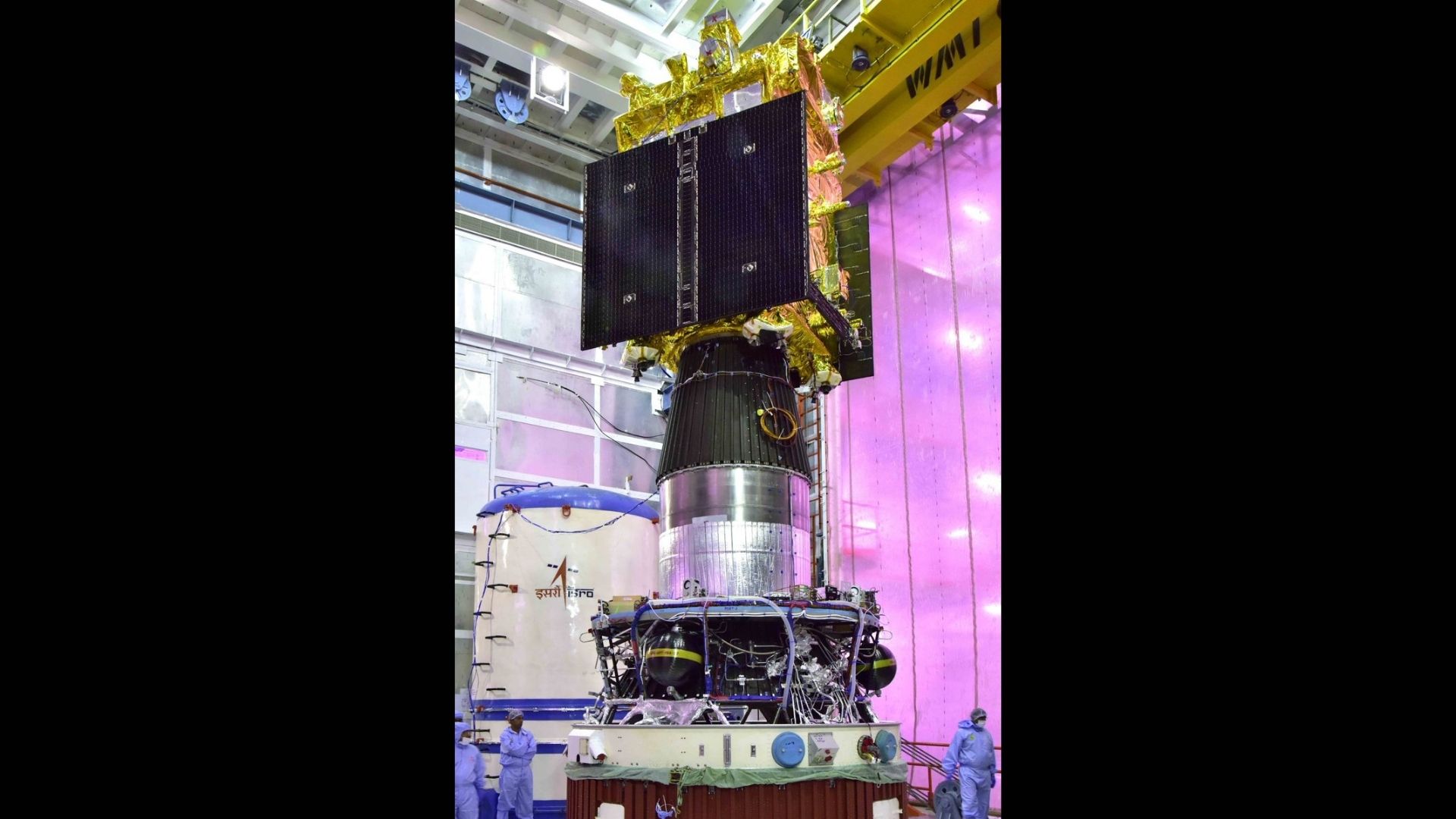
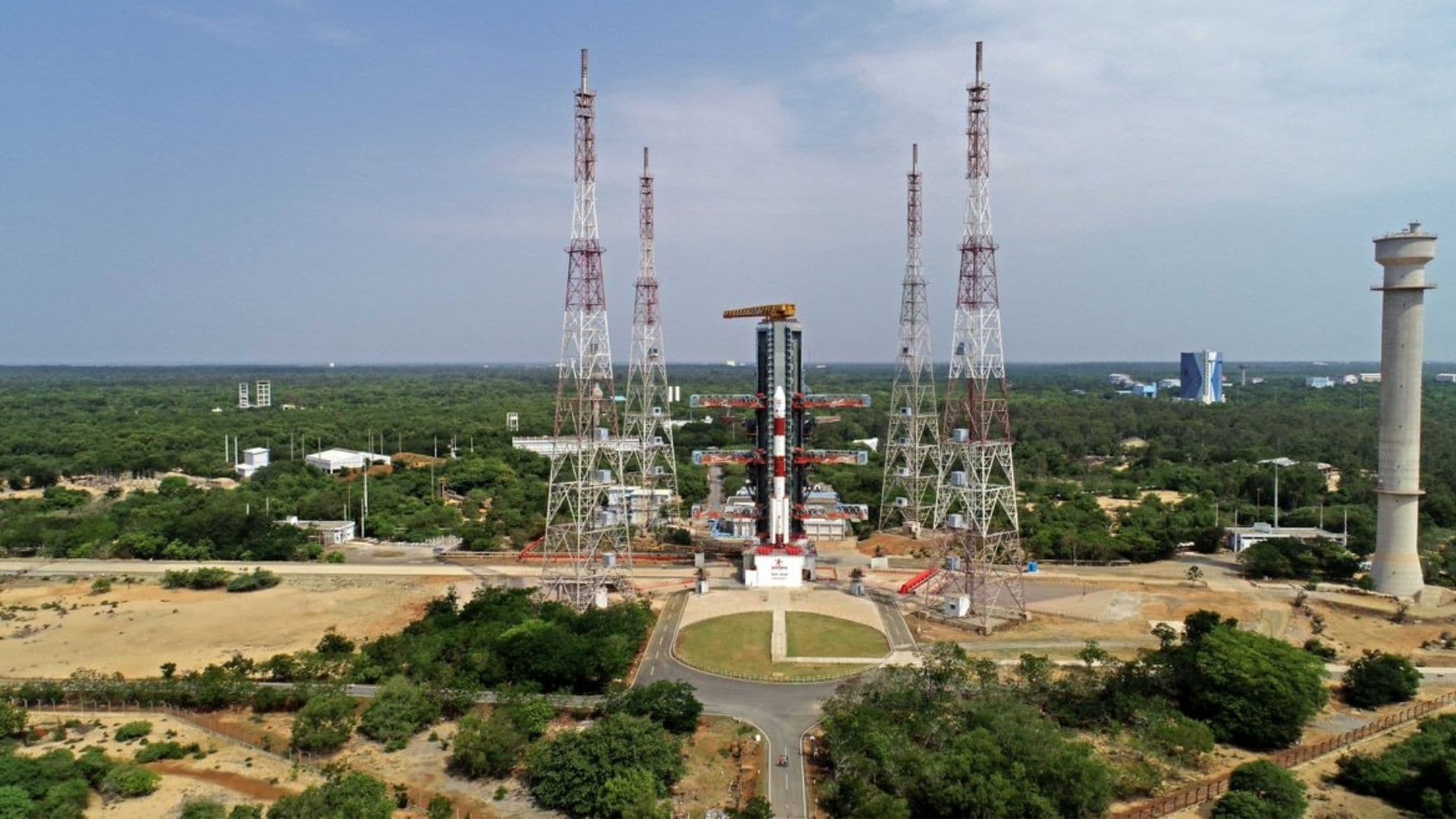

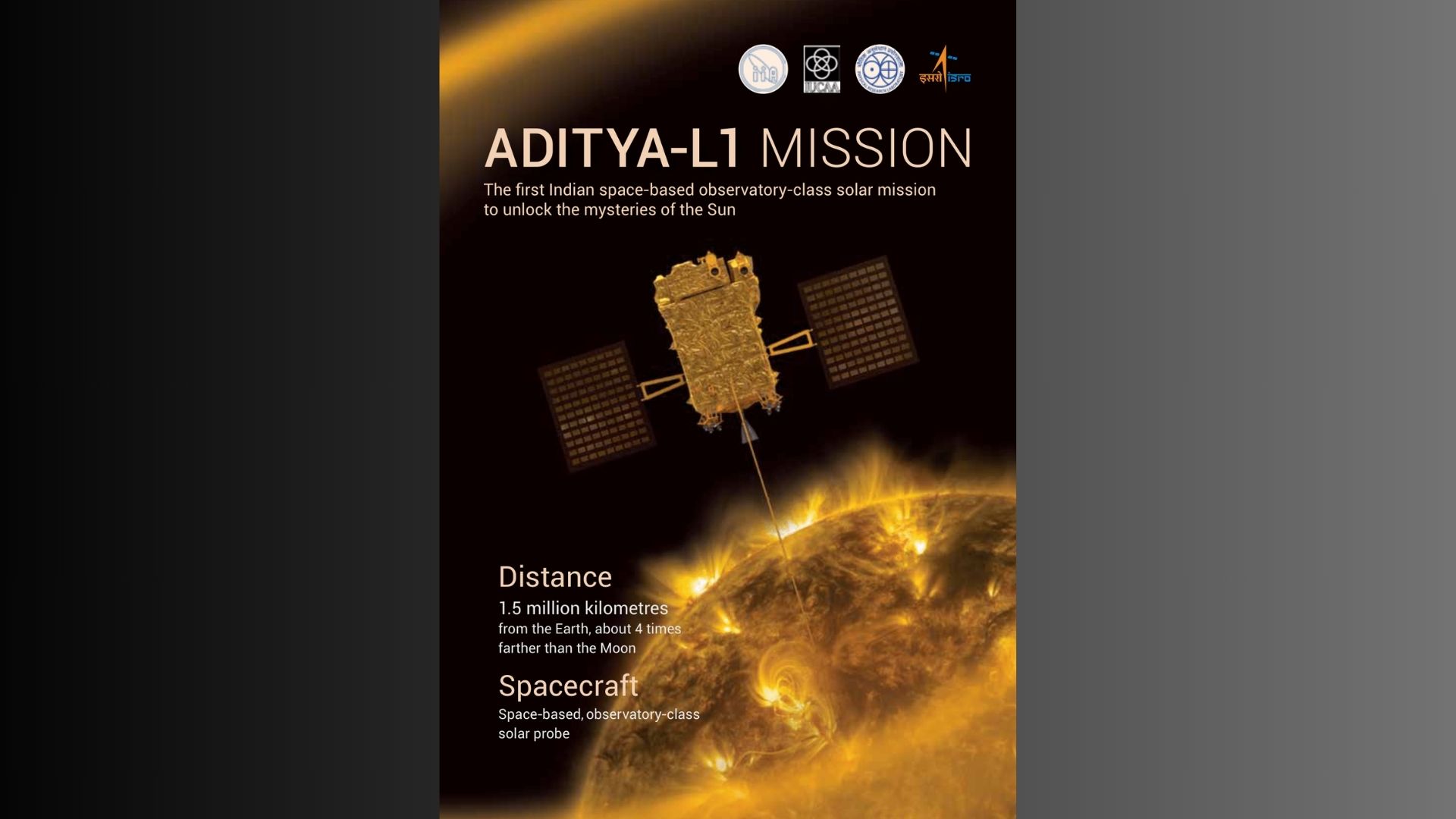
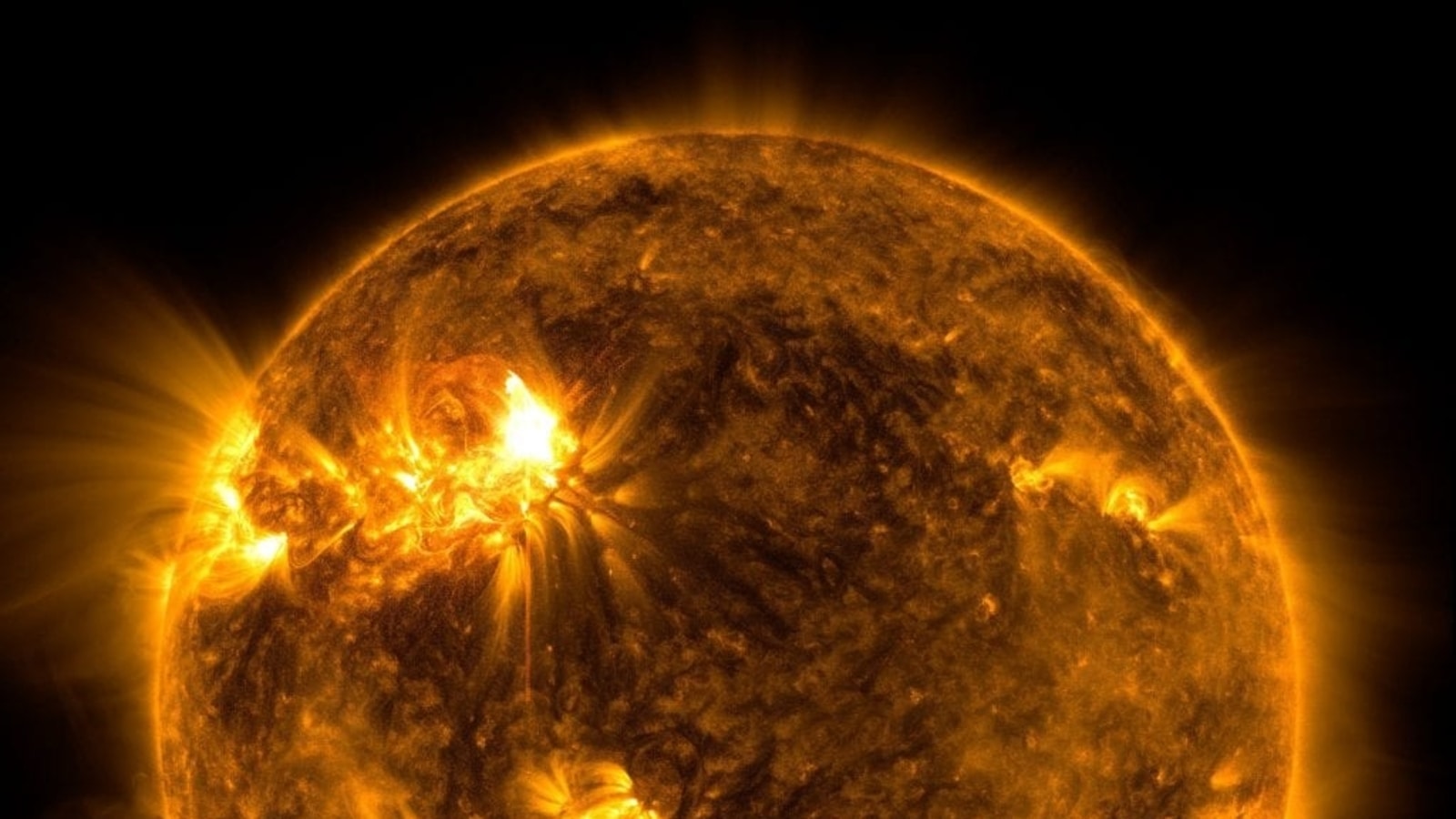
 View all Images
View all ImagesThe current solar cycle 25 has taken scientists and space weather forecasters by surprise, by producing more sunspots than expected. During its 11-year cycle, the Sun unleashes CMEs, solar flares, solar storms, and other particles that harbor the energy to cause potential damage on Earth. Although scientists now have the technology to predict most of these events, this cycle's activity has already exceeded the maximum threshold that was predicted earlier, and it could still increase with the peak approaching in the next year or two.
To monitor the Sun's volatile nature, NASA's Solar Dynamics Observatory (SDO) carries a full suite of instruments that help it to observe the solar activity. This observatory has now shed light on a sunspot that recently exploded, sending a strong solar flare on its way.
Dangerous sunspot
According to a report by spaceweather.com, NASA's Solar Dynamics Observatory (SDO) has observed a dramatic explosion of the Earth-facing Sunspot AR3451 during the late hours of October 1. The sunspot has a “beta-delta” magnetic field that could produce strong M2.5-class solar flares. Astonishingly, this sunspot didn't even exist more than 24 hours ago! As per the report, sunspot AR3451 grew rapidly in size, having more than 12 dark cores, out of which two are even wider than Earth.
The report stated, “Magnetic maps of the sunspot are not fully definitive because it is facing away from Earth. However, the sunspot appears to have a mixed-polarity 'delta-class' magnetic configuration that harbors energy for -- you guessed it -- strong flares.”
As a result, M2.5 solar flares have been detected being hurled out. For the unaware, solar flares are classified according to their strength on the logarithmic scale, similar to how earthquakes are measured. The smallest ones are A-class which occur at near background levels, followed by B, C, M, and X.
The flare hurled towards Earth has an M2.5 intensity, meaning it is 2.5 times as strong as M1 solar flares.
About the NASA Solar Dynamics Observatory
The NASA Solar Dynamics Observatory (SDO) uses three very crucial instruments to collect data from various solar activities. They include the Helioseismic and Magnetic Imager (HMI) which takes high-resolution measurements of the longitudinal and vector magnetic field over the entire visible solar disk, Extreme Ultraviolet Variability Experiment (EVE) which measures the Sun's extreme ultraviolet irradiance, and Atmospheric Imaging Assembly (AIA) which provides continuous full-disk observations of the solar chromosphere and corona in seven extreme ultraviolet (EUV) channels.
One more thing! We are now on WhatsApp Channels! Follow us there so you never miss any updates from the world of technology. To follow the HT Tech channel on WhatsApp, click here to join now!
Catch all the Latest Tech News, Mobile News, Laptop News, Gaming news, Wearables News , How To News, also keep up with us on Whatsapp channel,Twitter, Facebook, Google News, and Instagram. For our latest videos, subscribe to our YouTube channel.





























